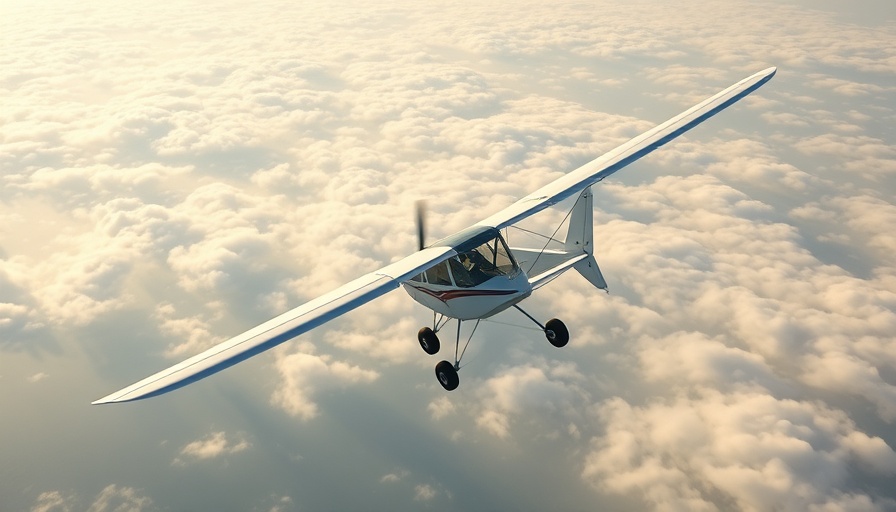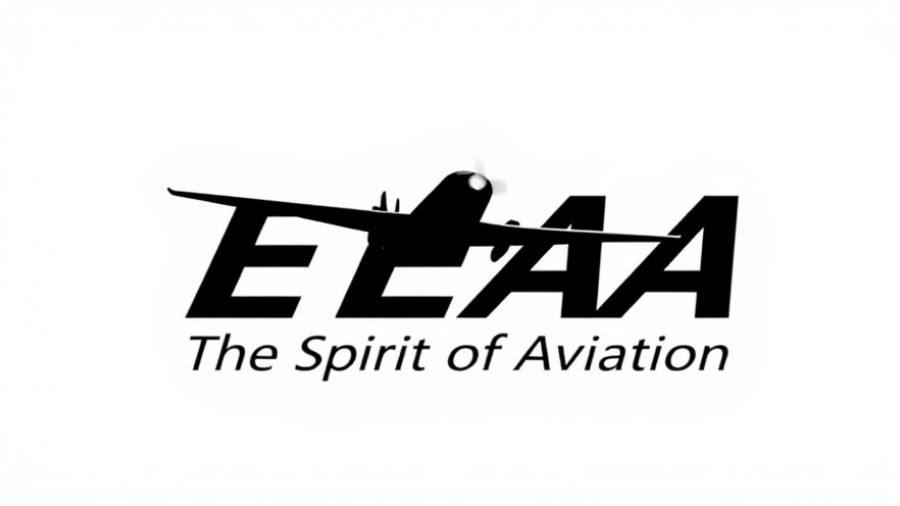
Mastering the Art of Sailcloth Covering for Ultralights
When it comes to ultralight aircraft, the choice of covering can significantly impact both performance and aesthetics. Stabilized Dacron has emerged as the go-to fabric for those in the ultralight and light-sport aircraft community due to its affordability, ease of installation, and durability. However, resources on how to use it effectively are often sparse. Here's a friendly guide with helpful insights to kickstart your sail covering adventure!
Why Choose Dacron for Your Ultralight?
Dacron sailcloth is desirable for many reasons: it’s lightweight, great at resisting sunlight, and forgiving when it comes to installation mistakes. Perfect for the first-time builder or the experienced mechanic looking for a straightforward covering solution, Dacron allows for the DIY spirit that many ultralight enthusiasts embody. If you’re opening your box of fresh sails, let’s ensure you have a project that’s as fun as it is fulfilling!
A Quick Run-Through of Your Preparation Steps
Before diving in, preparation is key! Make sure to have the owner’s manual for the specific airframe you’re working with. These manuals contain invaluable information that will save time and potential headaches during installation. Also, set up a clean workspace free of clutter to keep personal and your new fabric safe and pristine.
As you prepare your aircraft for sail installation, inspect your frame closely for any rough edges, damaged hardware, or signs of corrosion. You wouldn’t want your beautiful new sails compromised by unnoticed dangers! Having the right tools on hand—a hot knife, pliers, and a rivet gun—can make all the difference between a frustrating struggle and an enjoyable session.
Tips and Tricks for Successful Installation
The installation phase should be collaborative, so don’t hesitate to call a friend for assistance, especially when working on larger sections like wings. Using rubber gloves can help you grip the fabric better and avoid unwanted slips. In tricky spots, consider using neoprene to protect the fabric while using pliers.
For aircraft like the Lockwood Drifter, you’ll slide completed control surfaces into the sail envelope. It’s a matter of pulling, sliding, and twisting as directions specify. Remember, this is piloting a course—not rocket science! Patience goes a long way
Securing Your Sails: The Final Touches
Once your sails are on, it’s essential to tighten them securely and remove any wrinkles to ensure a sleek finish. Follow the manufacturer’s guidance for tensioning, as over-tightening can damage the fabric and impair performance.
Celebrating the Ultralight Community and Its Craftsmanship
For those who have found success in the ultralight world, sharing stories and techniques is a wonderful way to contribute to a culture of learning and improvement. If you have experiences with Dacron covering or the restoration of ultralights, consider reaching out to fellow enthusiasts or contributing to community resources. After all, as we navigate our own projects, there’s nothing like the camaraderie and support found within the ultralight community!
As you embark on your installation journey, remember that while the task may seem daunting, the community is here to support you. Celebrate the experience, and happy flying!
 Add Row
Add Row  Add
Add 




Write A Comment